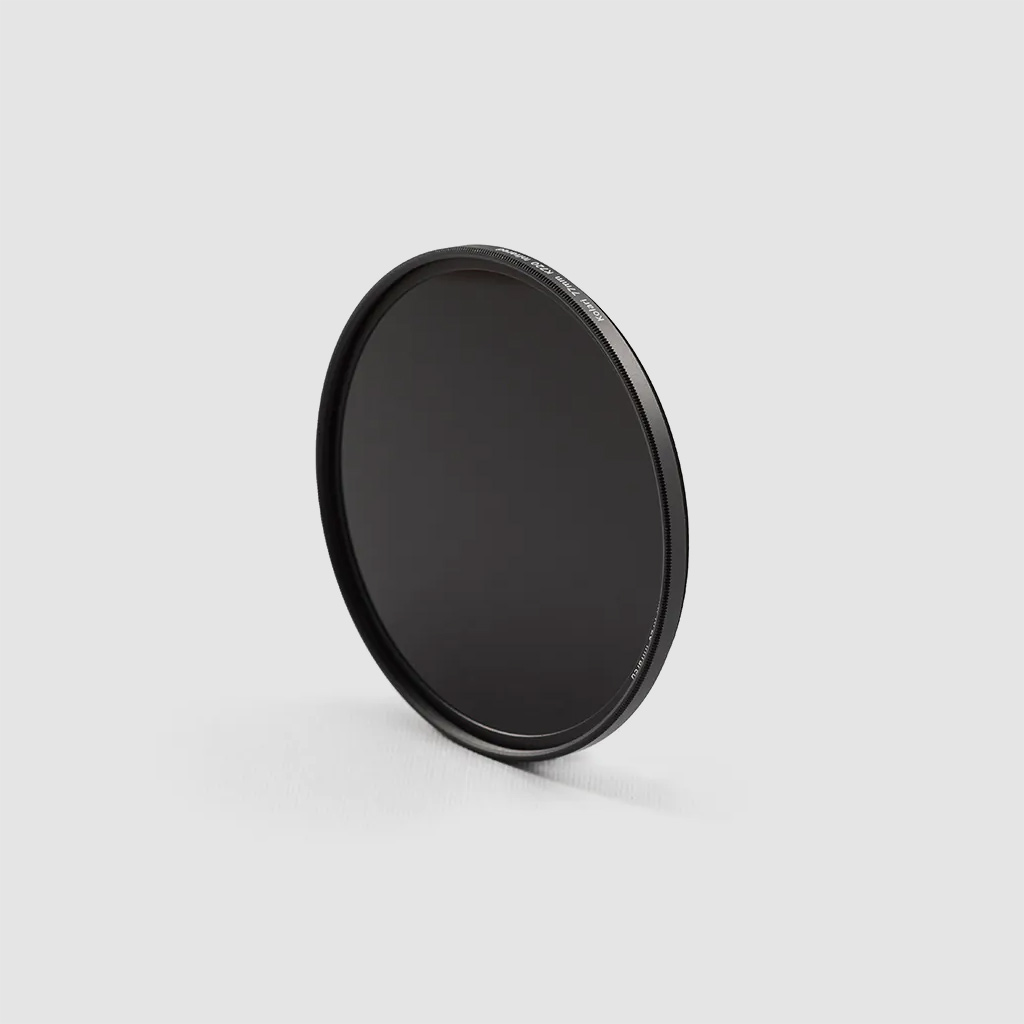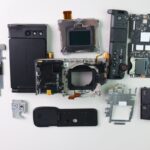Birds
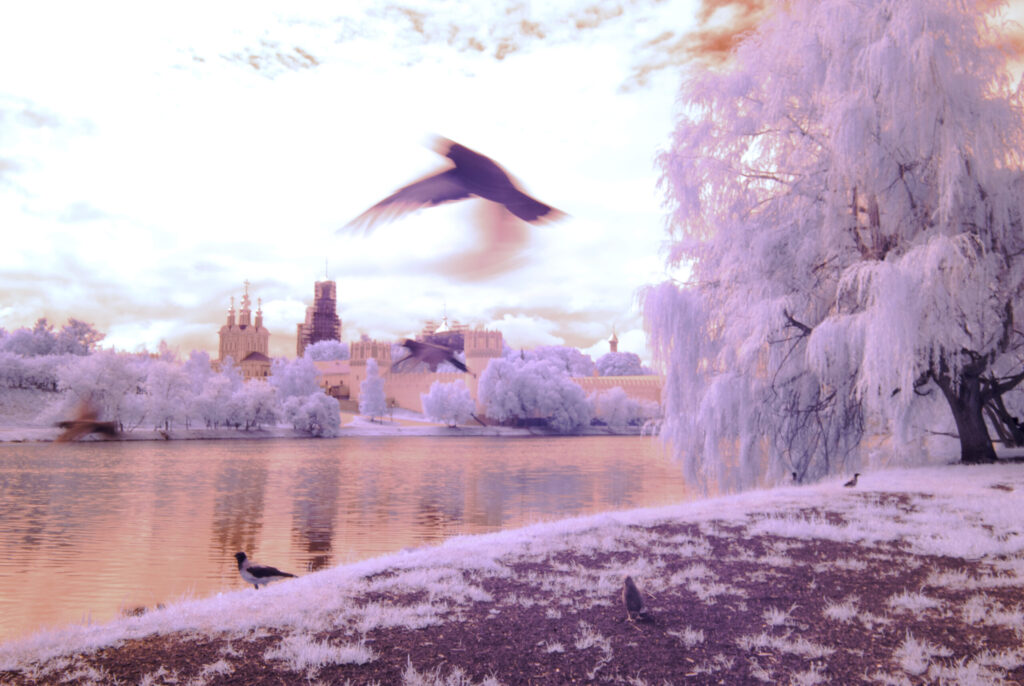
Lake near Novodevichiy monastery. Moscow, Russia.
Peter Paul fortress

Peter & Paul fortress. Summer. Saint Petersburg, Russia.
Roadtrip in Texas
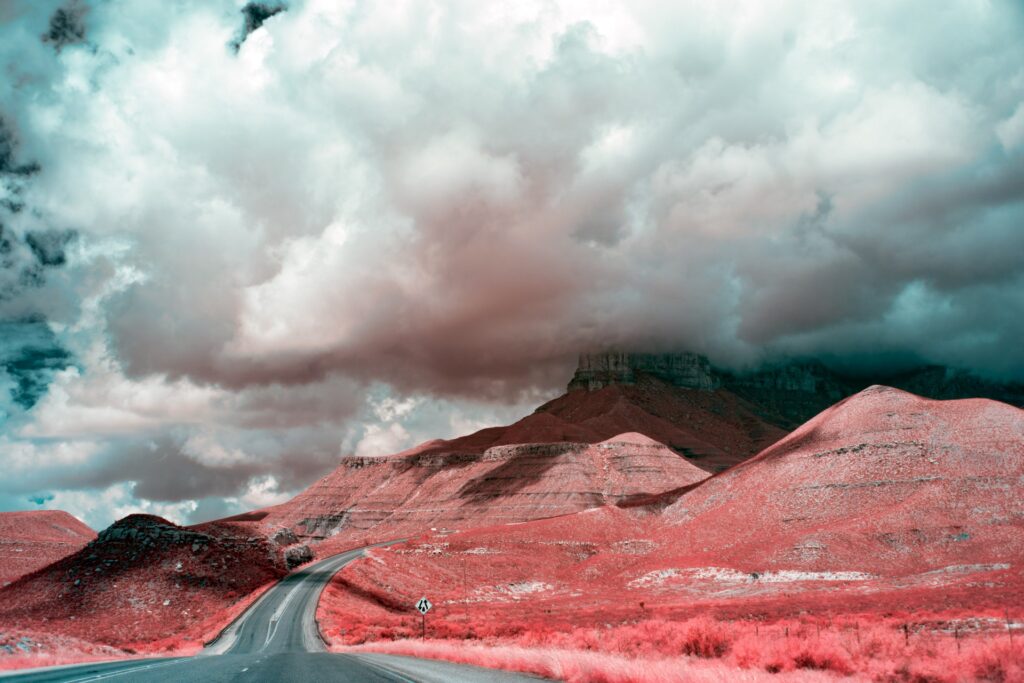
After a week-long observing run in Texas, having collected data in sufficient amounts to keep ourselves busy until next year, we enjoyed the scenic route back to the airport, the road leading up into the magnificient mountain pass below the clouds.
Ulmer Mnster
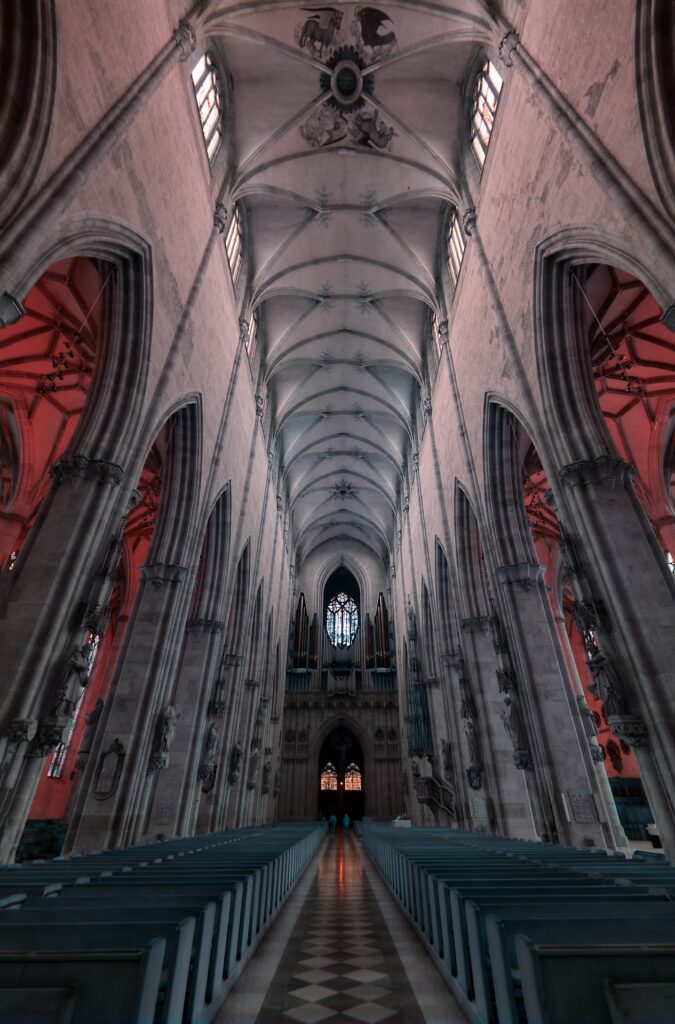
One of my passions is infrared photography of churches in Europe, gothic churches in particular. The Ulmer Münster has the highest church tower in the world and infrared gives it a rather menacing feeling.
Infrared ash and full moon
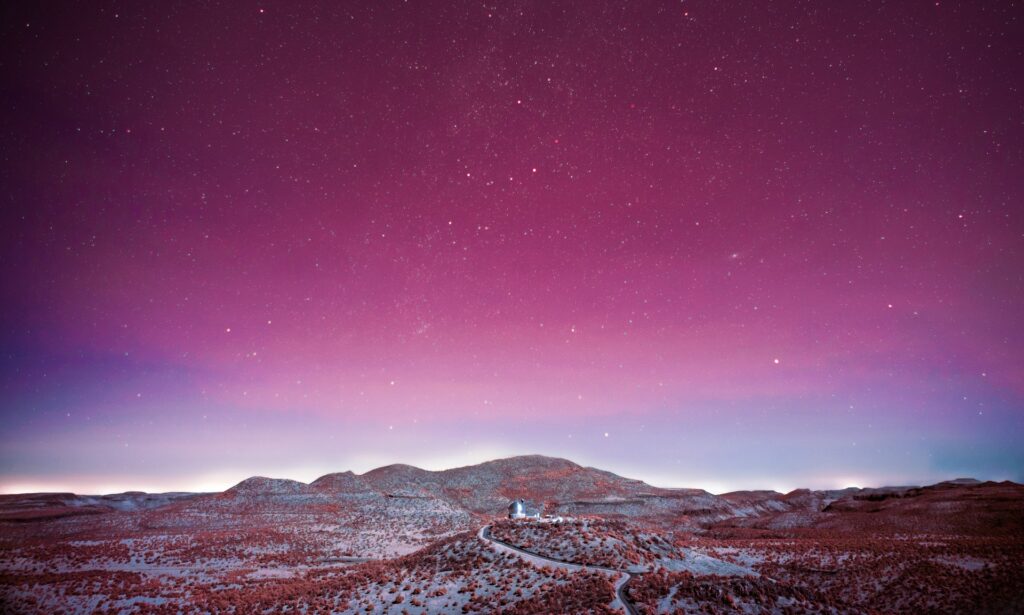
Sometimes, strange things occur in astronomy and this was one of those nights. While observing in Texas, we realized that our instruments recorded almost no light but the sky was cloud-free. I therefore went outside to take infrared images which is when we finally realized what was going on. Seen here, the pink glow in […]
Rain in the alps
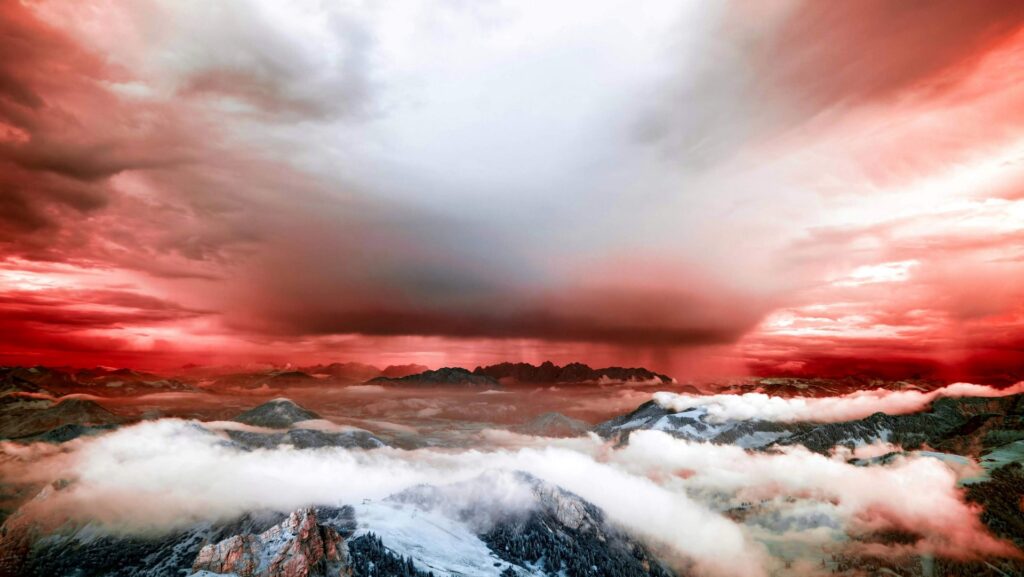
With autumn approaching, the stormy season has begun on Mt. Wendelstein where I work as an astrophysicist. Infrared is able to show the structure of the incoming rainclouds with almost no haze, making it look all the more threatening.
Lunar eclipse
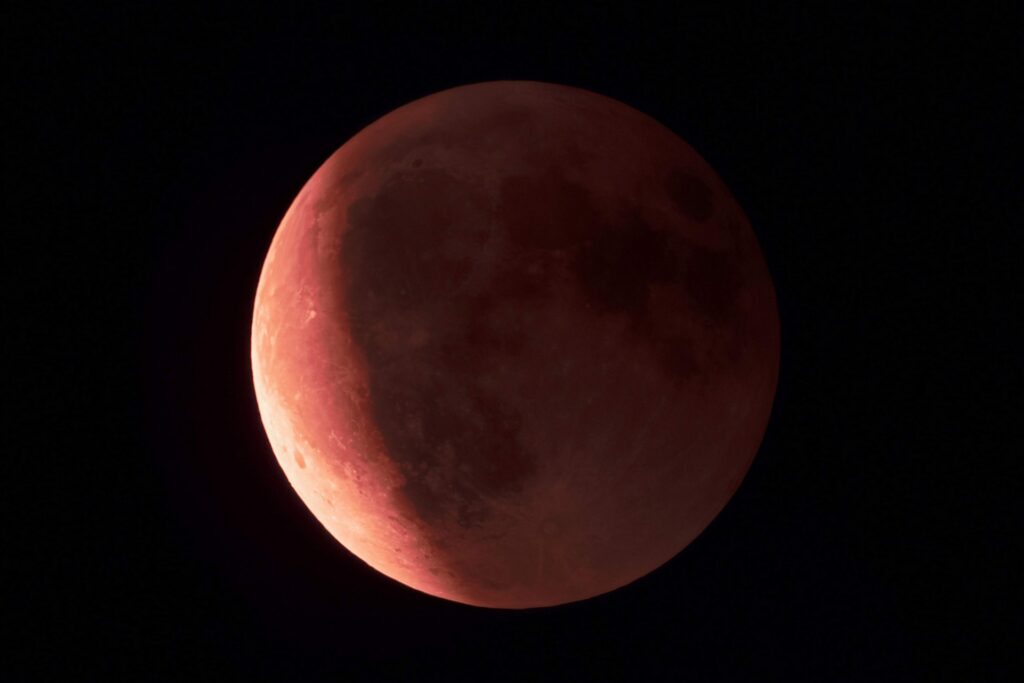
While solar eclipses are a class of their own, lunar eclipses are exciting events as well. During last summer, Europe witnessed the longest lunar eclipse of the century and we observed it on Mt. Wendelstein. Right after the main event ended, I used infrared to decrease the contrast between the bright and dark regions and […]
A sea of clouds in the night
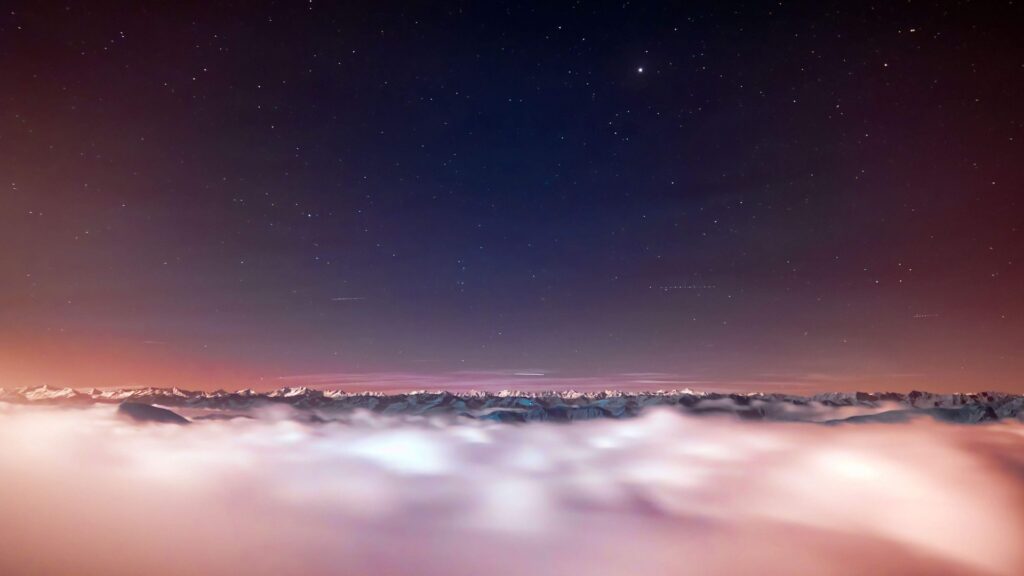
Full moon is a good time to attempt night-time infrared photography. This night, while working on Mt. Wendelstein, I was still covered in clouds with only very short moments of clear sight. While I couldn’t observe due to the high humidity, taking photos that night was rewarding enough.
An astronomer in Texas – 3
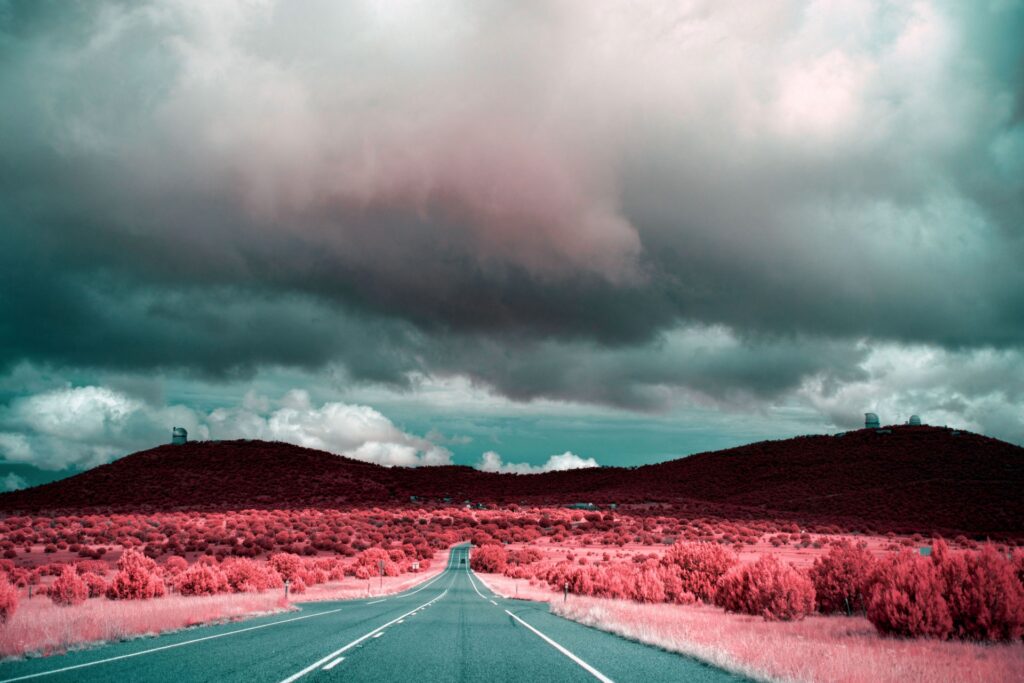
–part 3 of the essay An astronomer in Texas– The first time we could see the observatory. The road divides the image and provides a nice visual cue as to the difference of the telescopes: the left one, called HET, is an experimental, modern 10 meter class telescope that however can only rotate and not […]
An astronomer in Texas – 4
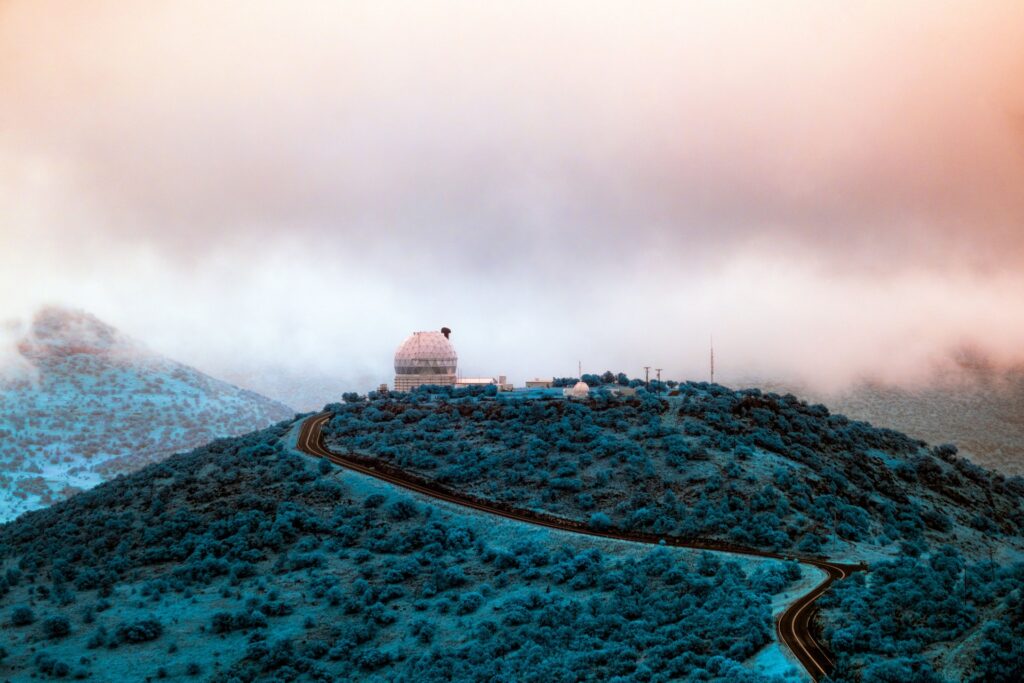
–part 4 of the essay An astronomer in Texas– Having reached the top, weather got worse quickly. Here, one can see the HET, which is located on the opposite hill, in more detail. Infrared was able to pierce the fog while visibility was much worse in the visible.
An astronomer in Texas – 8

–part 8 of the essay An astronomer in Texas– Our visibility was extremely poor in the following night, i.e. while we couldn’t detect a cloud with our sky surveillance camera, stars appeared to be much fainter than they should be. Since we wanted to do spectroscopy where every photon counts, this was a huge problem. […]
An astronomer in Texas – 12
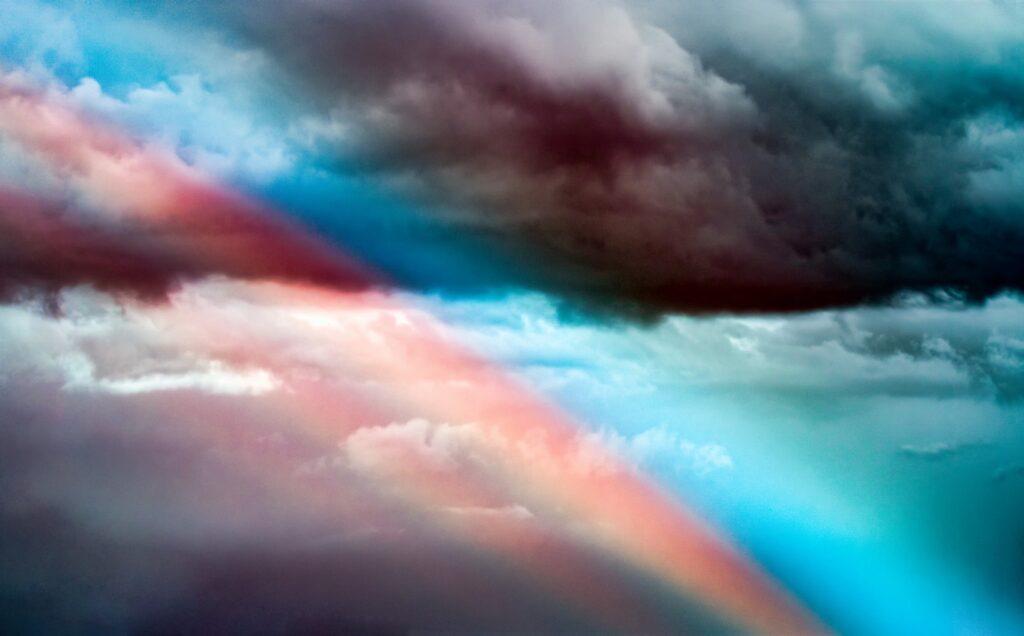
–part 12 of the essay An astronomer in Texas– A more zoomed-in photo reveals supernumaries. Rainbows are created by water drops of equal size, where light gets reflected inside the drop and, depending on the wavelength, exits the drop at a certain angle. However, if there are several similar-sized types of water drops in the […]

